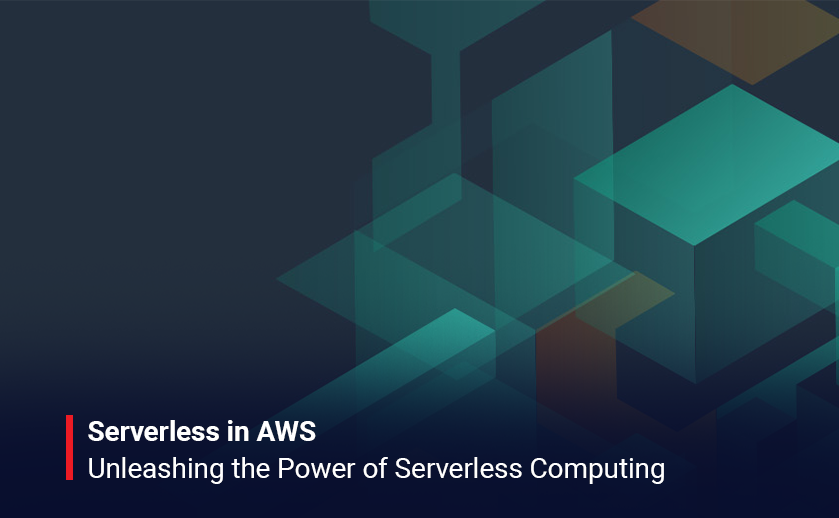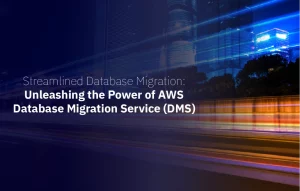In the ever-evolving world of software development, businesses are continually seeking more efficient and scalable ways to meet their technology needs. For many organizations, the migration from monolithic, on-premises architecture to microservices in Amazon Web Services (AWS) is the answer to this challenge. In this blog, we’ll explore the process and benefits of making the transition from a traditional, monolithic structure to a microservices architecture in the AWS cloud.
The Challenge of Monolithic On-Premises Architecture
Monolithic applications, characterized by their all-in-one design, can become unwieldy and difficult to manage as they grow in complexity. They often exhibit the following challenges:
- Limited Scalability: Monoliths scale as a single unit, which can lead to inefficient resource allocation and unnecessary costs.
- Increased Maintenance: Any updates or changes to one part of the application may require retesting and redeployment of the entire monolith.
- Reduced Agility: Traditional monoliths can hinder rapid development, making it challenging to adapt to evolving business needs.
- High Downtime: Rolling out updates or bug fixes can lead to significant downtime, impacting users and operations.
Transitioning to Microservices in AWS
The migration from monolithic to microservices architecture in AWS can be a transformative journey. Here’s how to navigate the transition effectively:
- Planning and Assessment
Before taking any action, start with a comprehensive analysis of your existing monolithic application. Understand its components, dependencies, and performance. Determine which services can be broken down into microservices and create a migration plan.
- AWS Services Selection
AWS provides a wealth of tools and services ideal for building and deploying microservices. Consider using services like AWS Lambda, Amazon ECS (Elastic Container Service), or Amazon EKS (Elastic Kubernetes Service) based on your application’s requirements.
- Microservices Design
Divide your application into small, independent services with well-defined boundaries. Each microservice should focus on a specific task, such as authentication, database management, or user interface.
- Containerization and Orchestration
Leverage containers for packaging microservices. AWS offers Amazon ECR (Elastic Container Registry) for Docker container storage and ECS for orchestration. For more advanced use cases, consider Amazon EKS, which manages Kubernetes clusters.
- API Gateway and Load Balancing
To manage and route traffic to your microservices, use Amazon API Gateway and Elastic Load Balancing. These services ensure that incoming requests are routed to the appropriate microservices.
- Data Management
Decompose your monolithic database into smaller, service-specific databases or storage solutions. AWS offers various database services, such as Amazon RDS (Relational Database Service) or Amazon DynamoDB for NoSQL data.
- Integration and Communication
Implement message queues, event-driven architecture, or API calls for communication between microservices. Services like Amazon SQS (Simple Queue Service) and Amazon SNS (Simple Notification Service) can facilitate this.
- Monitoring and Logging
Use AWS CloudWatch and AWS X-Ray for real-time monitoring, logging, and debugging of your microservices. These tools provide insights into the performance and health of your application.
- Testing and Deployment
Implement continuous integration and continuous deployment (CI/CD) pipelines to streamline the testing and deployment of your microservices. AWS CodePipeline and AWS CodeDeploy are valuable tools in this context.
- Security and Authentication
Implement strong security measures for your microservices. AWS Identity and Access Management (IAM) and AWS Cognito can help manage user access and authentication.
Benefits of Migrating to Microservices in AWS
- Scalability: Microservices enable granular scalability, allowing you to allocate resources where needed and save costs.
- Agility: Microservices architecture promotes faster development and deployment, enabling your organization to respond swiftly to changing market demands.
- High Availability: AWS’s reliability and redundancy features ensure high availability and reduce downtime.
- Cost Efficiency: With microservices, you only pay for the resources you use, optimizing cost management.
- Enhanced Maintenance: Smaller, isolated services simplify updates and maintenance, reducing risk and complexity.
- Improved User Experience: Microservices enable better load distribution, leading to a faster and more responsive user experience.
Conclusion
Migrating from a monolithic, on-premises architecture to a microservices architecture in AWS is a significant undertaking, but the benefits are substantial. It leads to improved scalability, agility, cost-efficiency, and high availability, empowering organizations to thrive in an increasingly dynamic and competitive digital landscape. Embrace the future with AWS and microservices and unlock the potential for innovation and growth.






